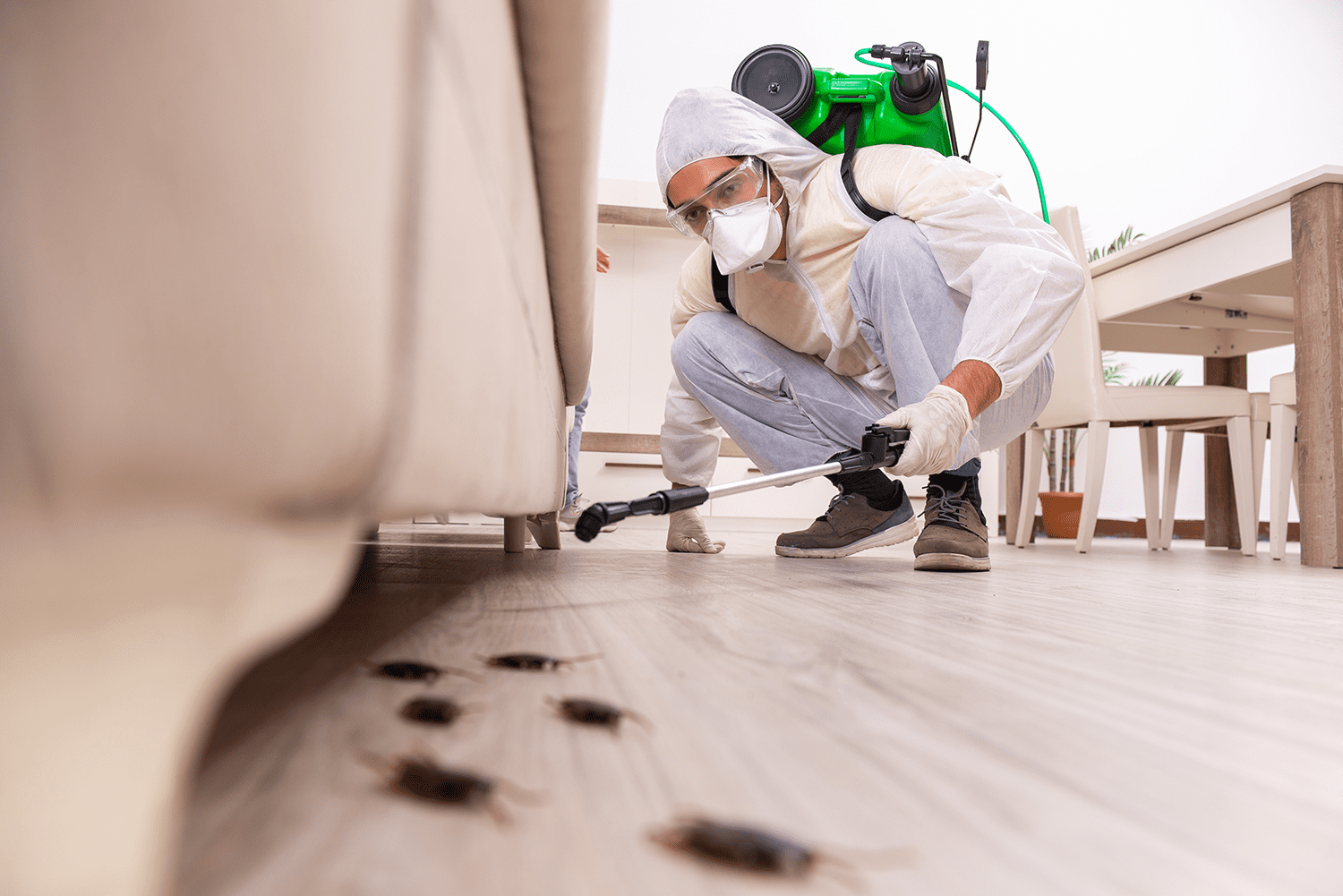Pest control is an important part of maintaining a safe and healthy environment, but for some populations, it can pose significant risks. Vulnerable groups such as children, pregnant women, and elderly individuals are particularly at risk when it comes to pest control methods. That’s why safe pest control practices are crucial in protecting these populations.
The use of pesticides and other chemical-based methods can have harmful effects on vulnerable individuals. Children, whose immune systems are still developing, may be more susceptible to the toxic effects of pesticides. Pregnant women may inadvertently expose their unborn child to these harmful substances as well.
In addition to the direct effects on health, there is also the concern for indirect exposure through contaminated surfaces or food. Children often spend time playing on floors and eating with their hands, putting them at a higher risk of coming into contact with residues from pest control products.
The elderly population also faces unique challenges when it comes to pest control. Their bodies may not be as equipped to handle the toxic chemicals found in many pest control products. This puts them at a higher risk of experiencing health issues from exposure.
Fortunately, there are safer alternatives available that provide effective pest control https://www.mumspages.com.au/directory/category/home-services/pest-control-services/location/nsw/sydney-region/macarthur-and-camden/ without posing risks to these vulnerable populations. Integrated Pest Management (IPM) is an approach that focuses on preventing pests through cultural practices like proper sanitation and exclusion measures rather than relying solely on chemical treatments.
IPM takes into consideration factors such as the type of pest being targeted, its behavior patterns and life cycle stages in order to develop targeted treatment plans that minimize environmental impacts while still effectively managing pests.
For example, instead of using chemical sprays which can pose respiratory risks for young children or seniors living in a home being treated), IPM might involve sealing cracks or crevices where pests can enter without posing any harm whatsoever – especially if done by Ayers Foundation Services screen replacement specialists!
In addition to using safer methods and products during treatment itself – including non-toxic, organic and natural options whenever possible – it’s equally important to properly store and dispose of any pest control substances that might be temporarily or permanently in a home with children, pregnant women or seniors living there. Keeping such materials in their original containers, preventing the mixing of products unlikely to expose children or seniors within the home around pesticides.
Regular communication between pest control specialists and those caring for vulnerable populations is also crucial. Educating individuals on the safe handling of pest control products can help prevent accidental exposure. Proper training and precautions should also be taken by pest control companies when treating properties where vulnerable individuals reside.
Moreover, standard IPM practices safeguard proper ventilation by circulating fresh air through open windows while performing exterior treatments whenever possible before turning heating/cooling systems back on as well as immediately after for onsite opportunities this is not possible due to weather conditions.
In conclusion, safe pest control practices are essential in protecting vulnerable populations from potential health risks associated with conventional methods. By implementing an IPM approach and taking precautions during treatment, we can ensure a healthier environment for all. Before selecting a provider which cheap internet service packages – review testimonials from others who have used their services together with House Pets Center professionals . Your family’s safety could depend upon it!




